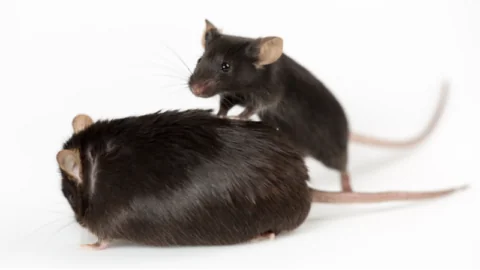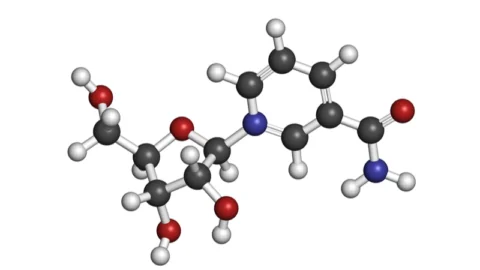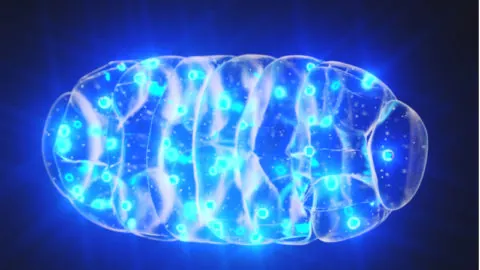February 13, 2023
A paper published today in Nature Cardiovascular Research has explained a relationship between dilated cardiac myopathy (DCM), epigenetic dysregulation, NAD+, and the epigenetic regulatory molecule Kdm8. A gradual decline of ability DCM occurs when the left ventricle of the heart becomes enlarged and loses its ability to pump enough blood. The heart muscle gradually thins,...
June 27, 2022
An extremely comprehensive review published in Food Science & Biotechnology has summarized the current state of research regarding cellular senescence and basic dietary components. An aging-focused outlook The researchers begin their paper with a discussion of aging, citing a paper that frames it in terms of homeostasis and physiological decline [1]. They discuss its primacy...
March 31, 2022
Publishing in Aging, researchers from the Chengdu Jinjiang Hospital in China have discovered that caloric restriction is less effective on mice previously fed a high-calorie diet. Well-known effects In their introduction, the researchers discuss what caloric restriction is known to do, citing papers that show its effects on autophagy [1], inflammation [2], nutrient sensing [3],...
October 21, 2021
Researchers publishing in Aging have discovered that an energy metabolism compound is associated with a protein that suppresses amyloid beta in a mouse model of Alzheimer's. The compounds involved The researchers describe nicotinamide mononucleotide adenylyltransferase 2 (Nmnat2) as a key co-factor for energy metabolism. This compound is involved in creating NAD+, which is essential in...
September 27, 2021
Nicotinamide riboside (NR) is part of the B3 vitamin family. Like other forms of vitamin B3, nicotinamide riboside gets converted into nicotinamide adenine dinucleotide (NAD+), a coenzyme essential for life. For this reason, it is often called a NAD+ precursor because it is part of the series of chemical steps that are required to create...
June 02, 2021
A new study conducted by a team of Japanese scientists and published in Scientific Reports details how cells can have their damaged mitochondria destroyed and replaced with healthy ones, offering a potential solution to the problem of mitochondrial dysfunction. Why We Age: Mitochondrial DysfunctionAs they age, the mitochondria in our cells lose their ability to...







